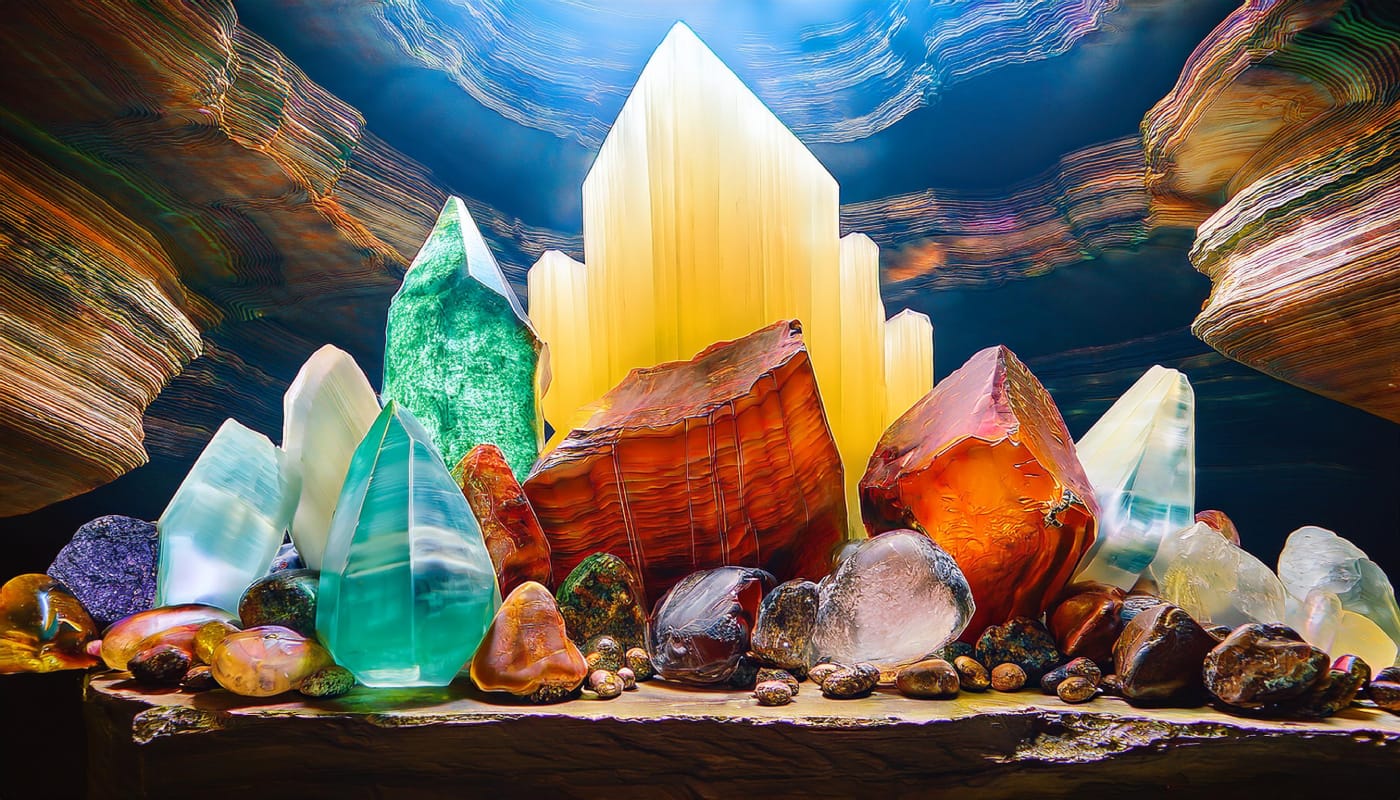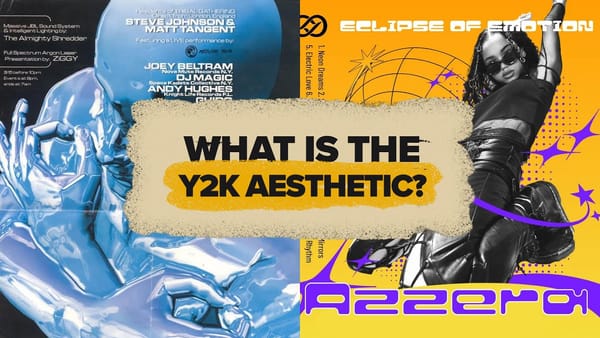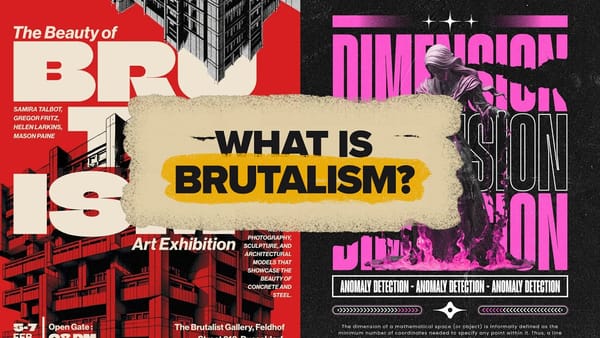In visual art, the fusion of natural beauty and human craftsmanship has long been a profound source of inspiration. Whether it is the intricate designs of a finely cut gemstone or the raw allure of an unpolished mineral, the interplay of light, texture, and color evokes an undeniable fascination. In recent years, the advent of AI-driven tools like Adobe Firefly has opened new creative frontiers, allowing artists to explore these natural wonders in ways that were once unimaginable.
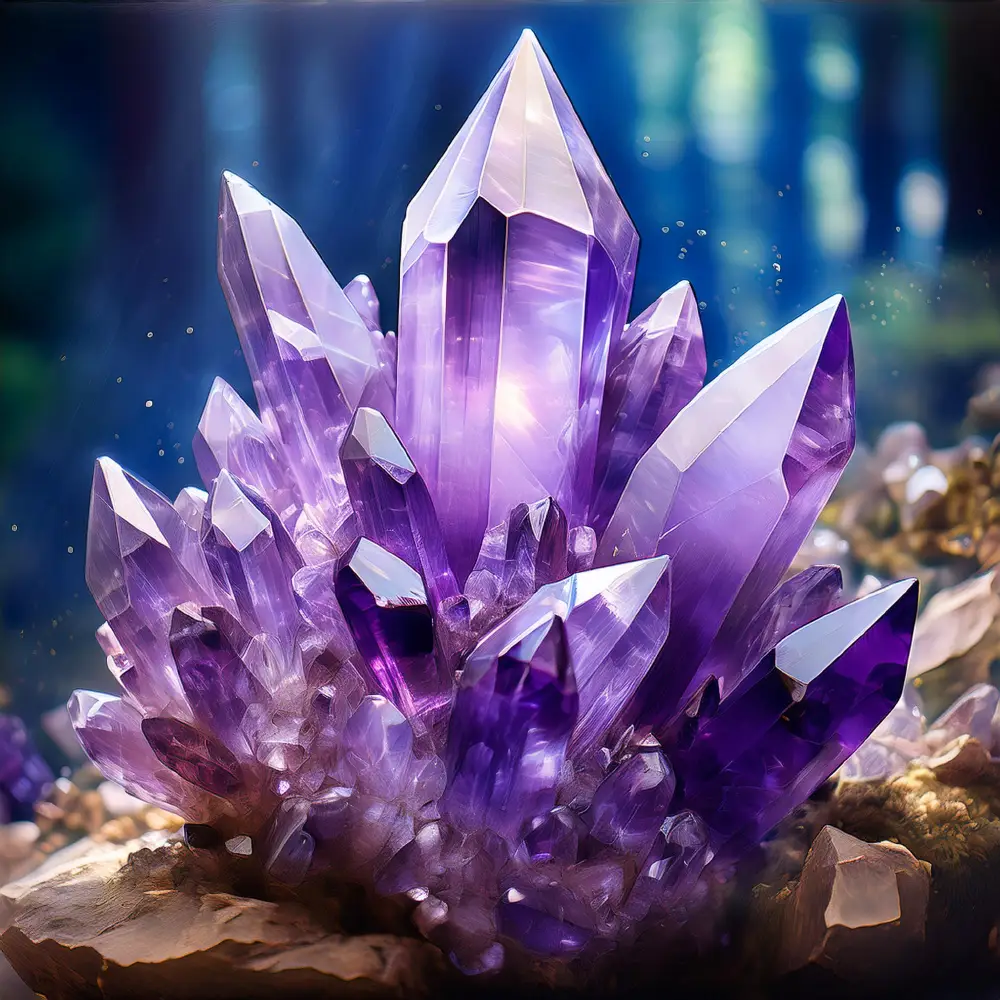
AI Image Generation: A New Creative Pathway
The ability to generate stunning, high-quality images of minerals, gems, and stones with AI is transforming the way we approach visual storytelling. Tools like Adobe Firefly empower artists to experiment with complex compositions, offering a digital canvas where raw materials can be reimagined in breathtaking detail. Through the use of AI, it is possible to explore not only the visible beauty of a gemstone or mineral but also to highlight subtleties in texture, light, and composition that would be difficult to capture in traditional photography.
AI offers a fresh perspective by allowing us to generate images with endless possibilities. Artists can create hyper-realistic depictions of minerals—ranging from the rough, uncut forms of raw stones to the smooth, polished finishes of fine jewelry—allowing each piece to shine in its own unique way. The fluidity with which AI responds to input allows for greater experimentation, generating new ways of combining elements, exploring contrasts in color, and even creating completely new mineral forms that exist only in the virtual realm. It is an art of possibility, where technology meets imagination.
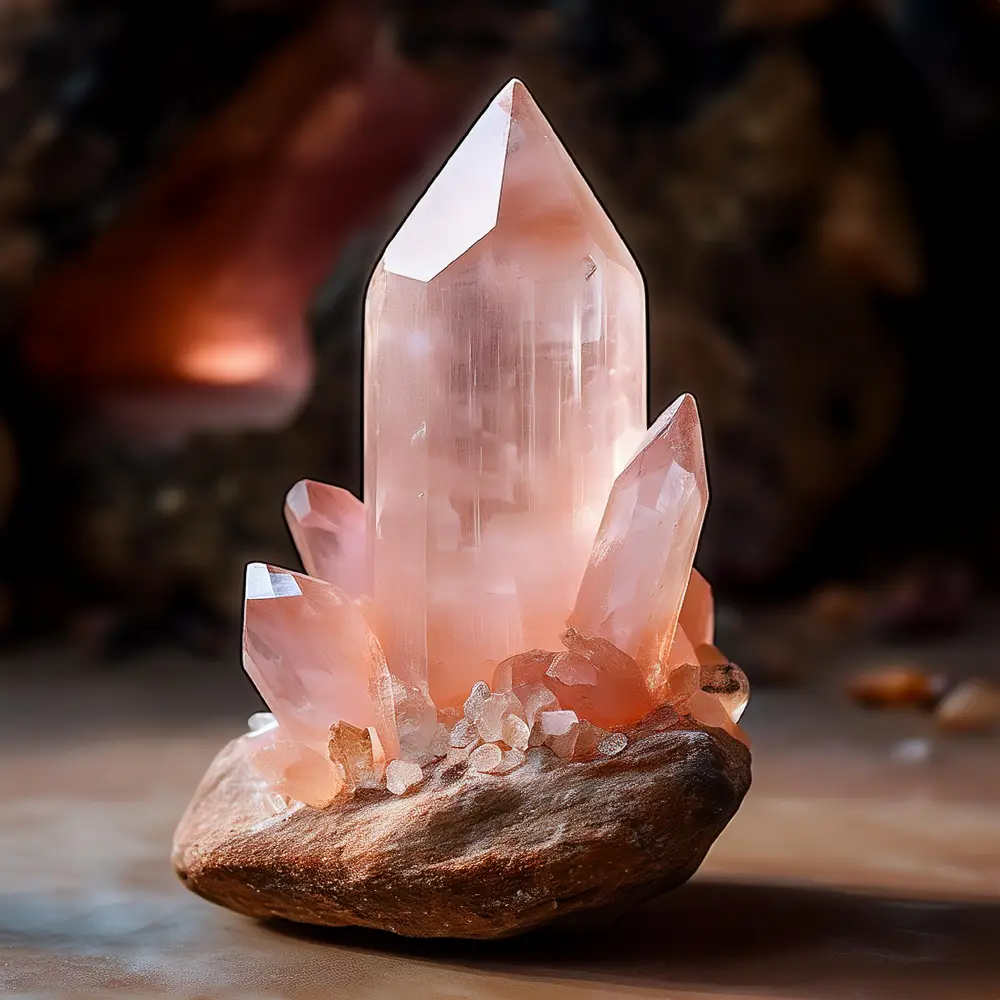
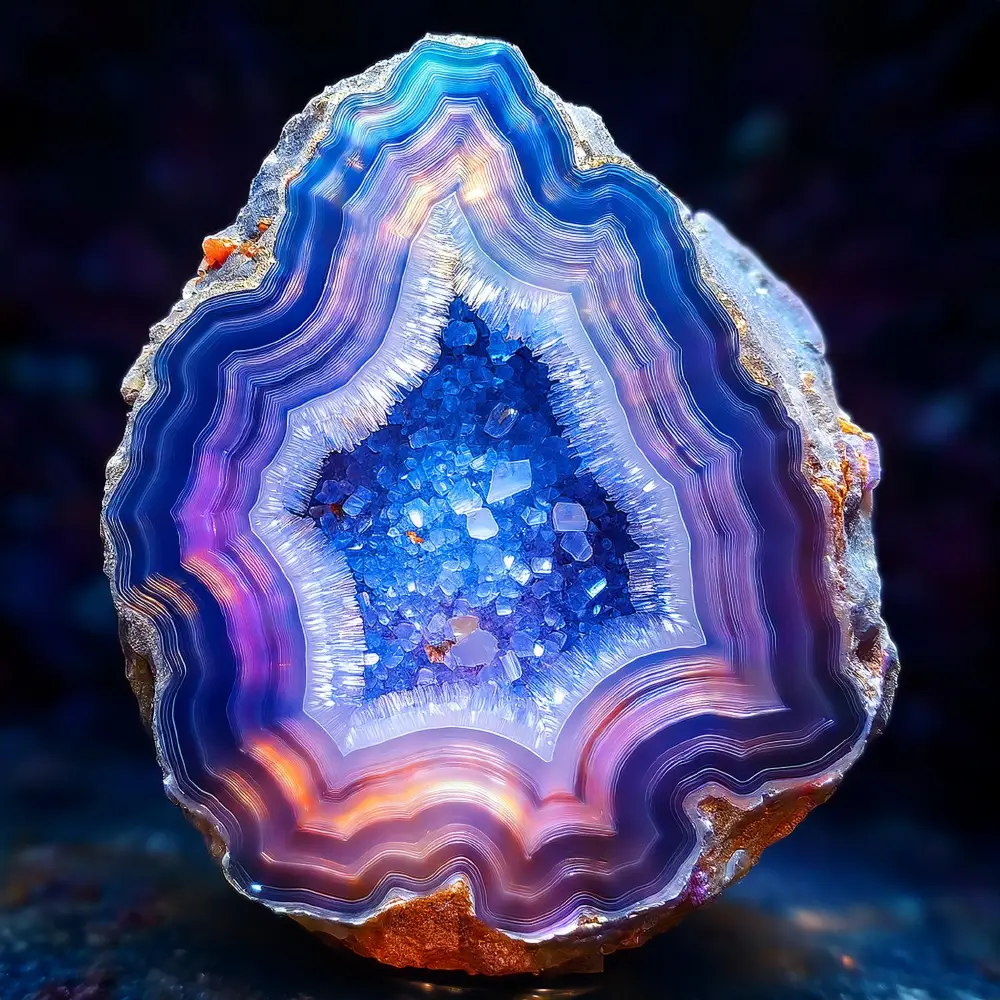
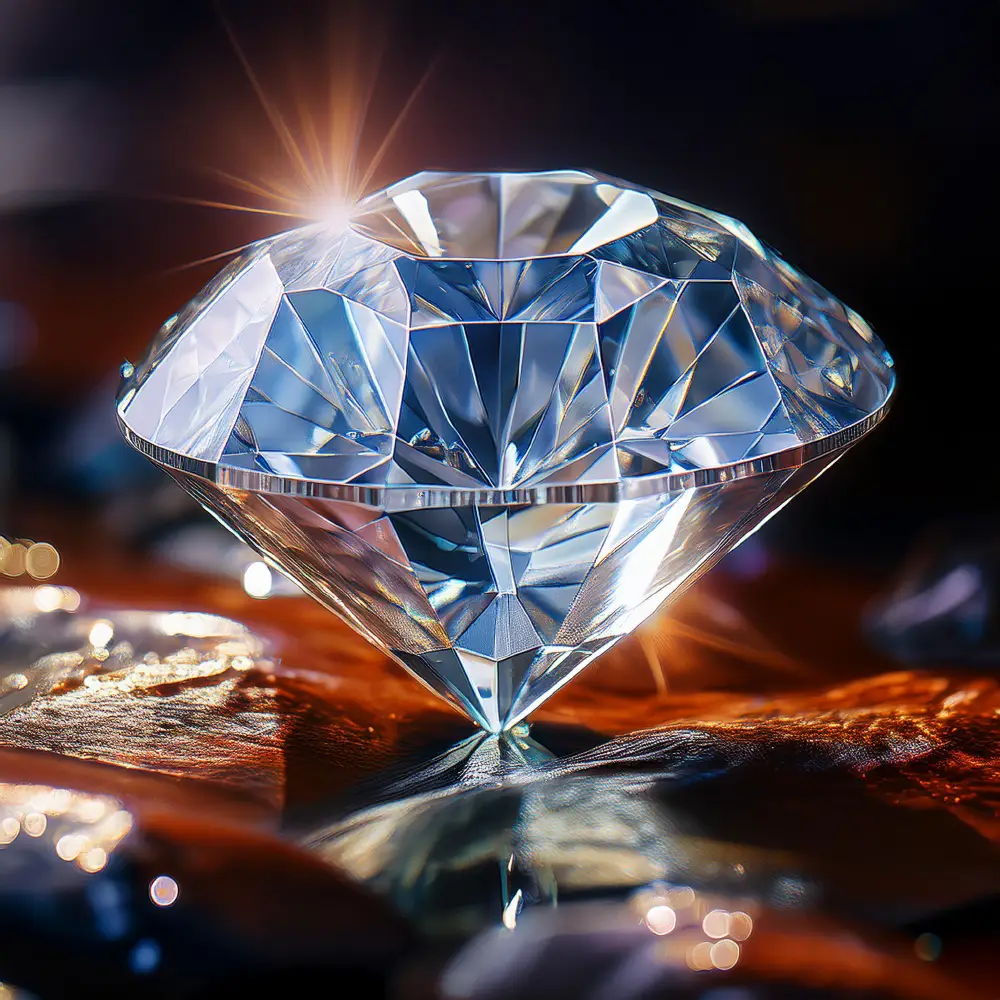
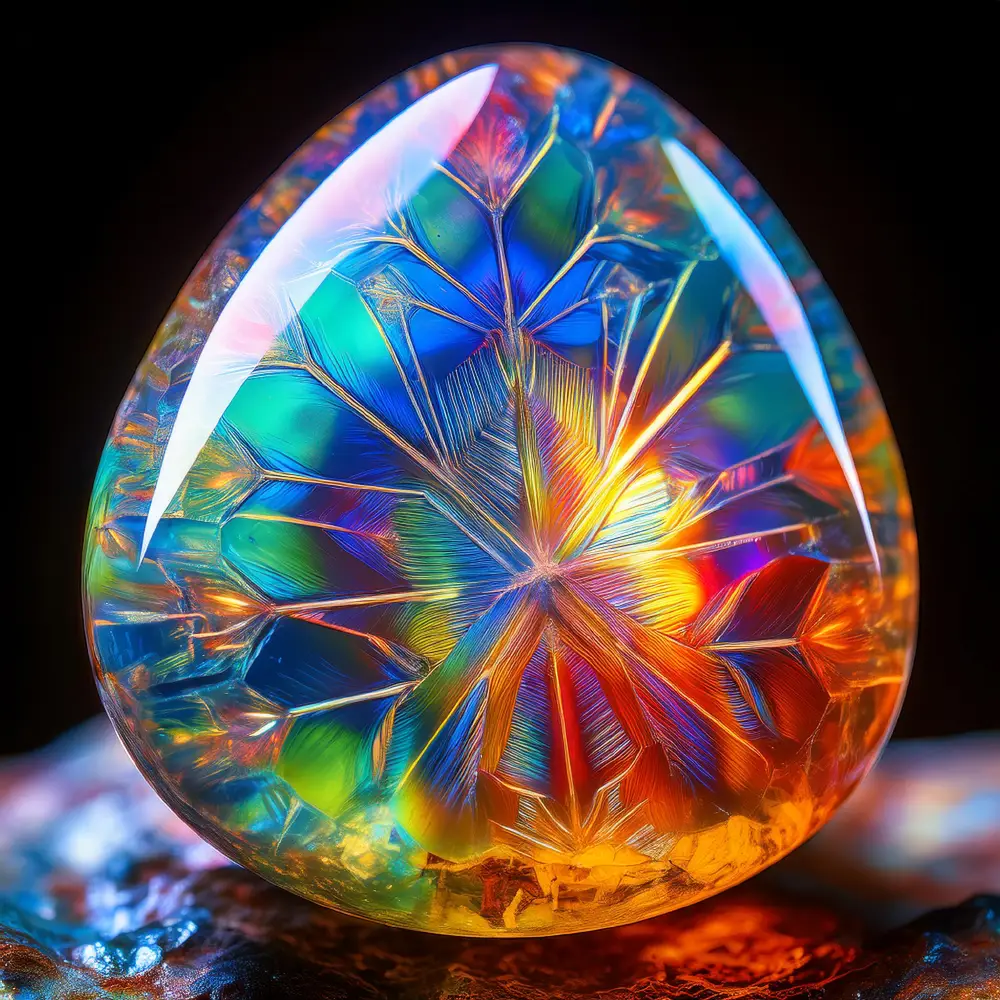
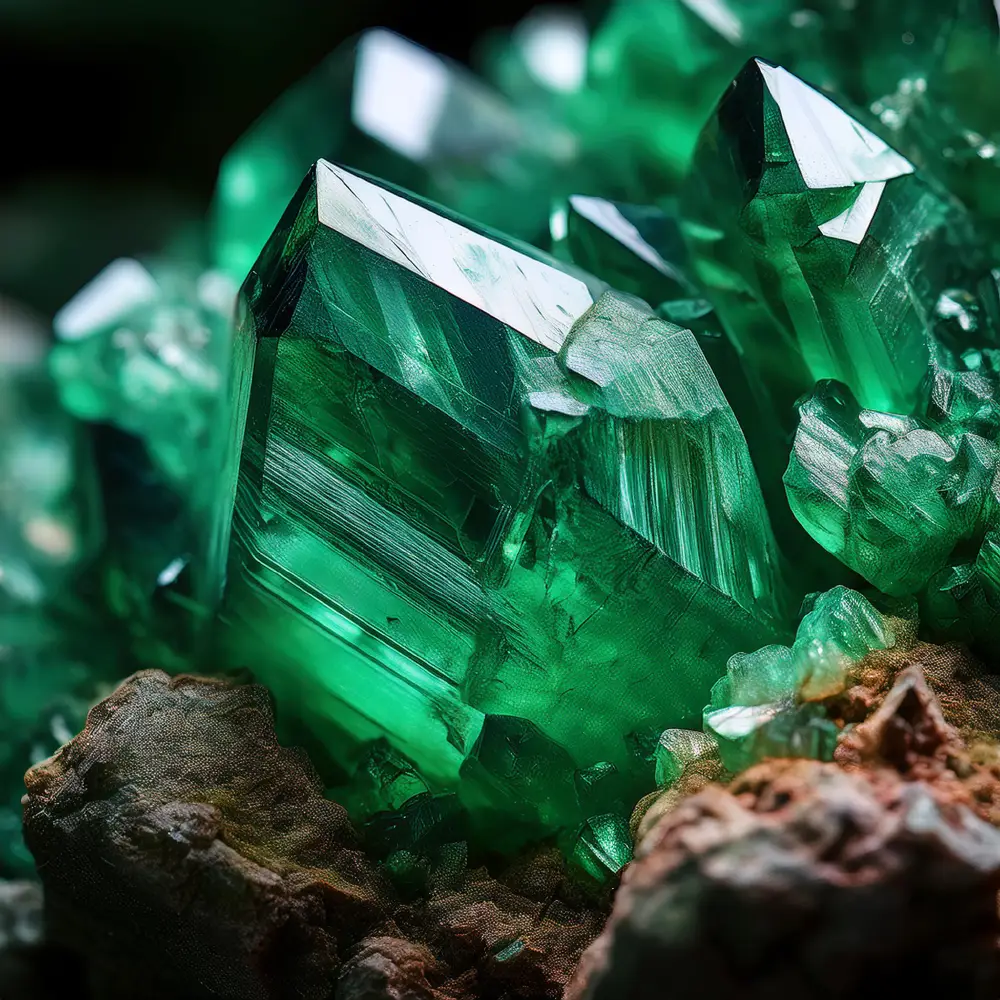
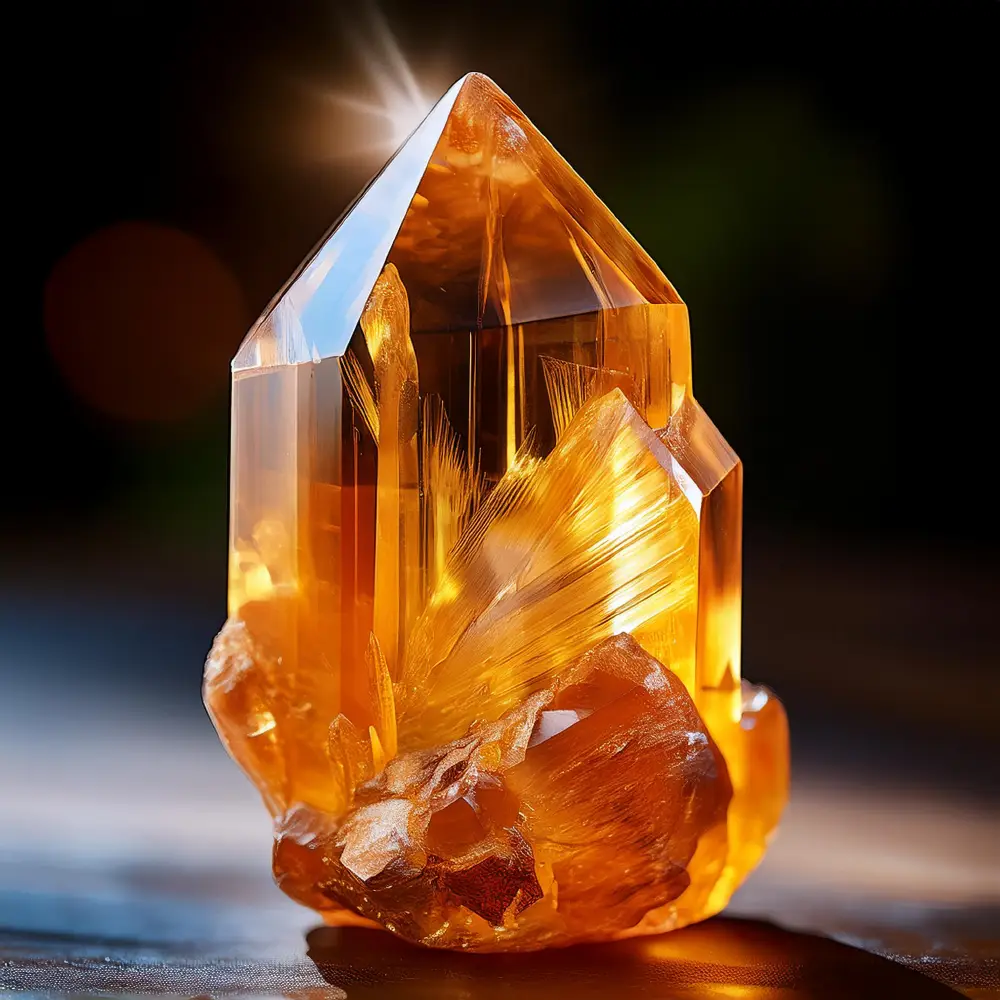
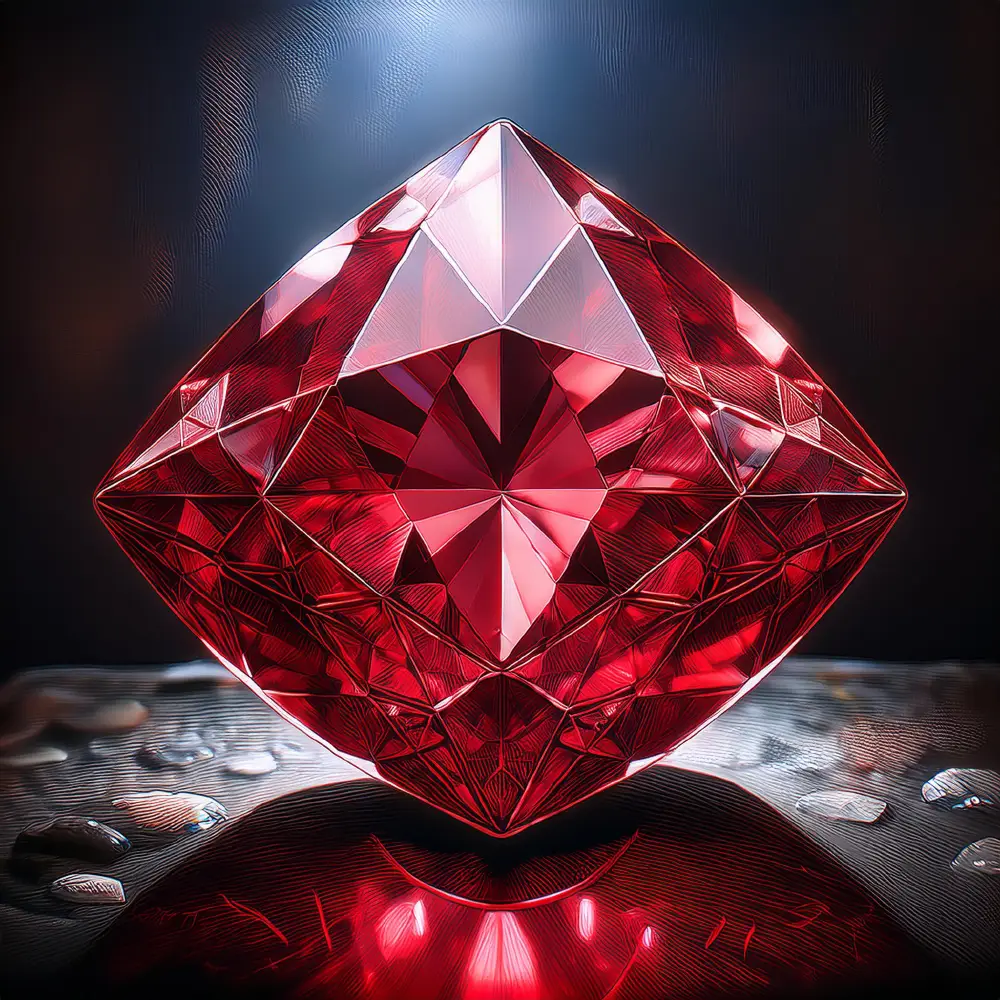
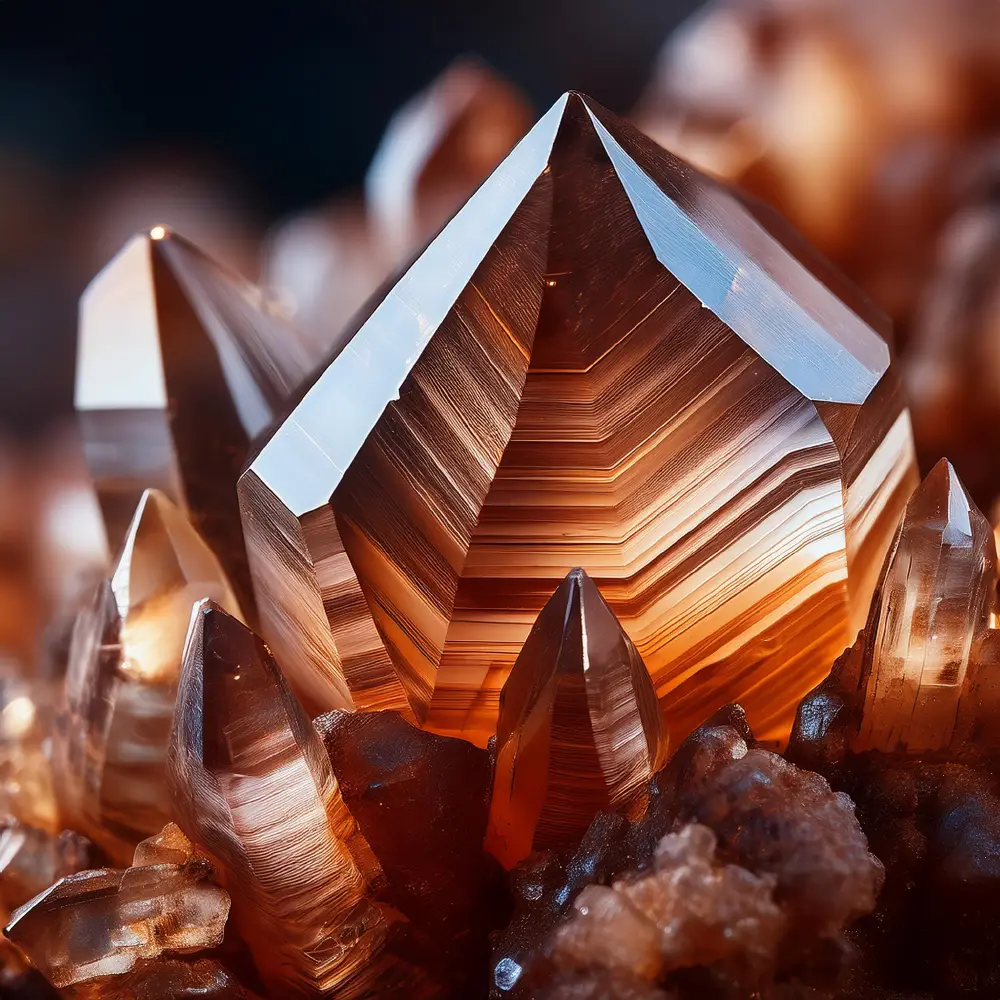
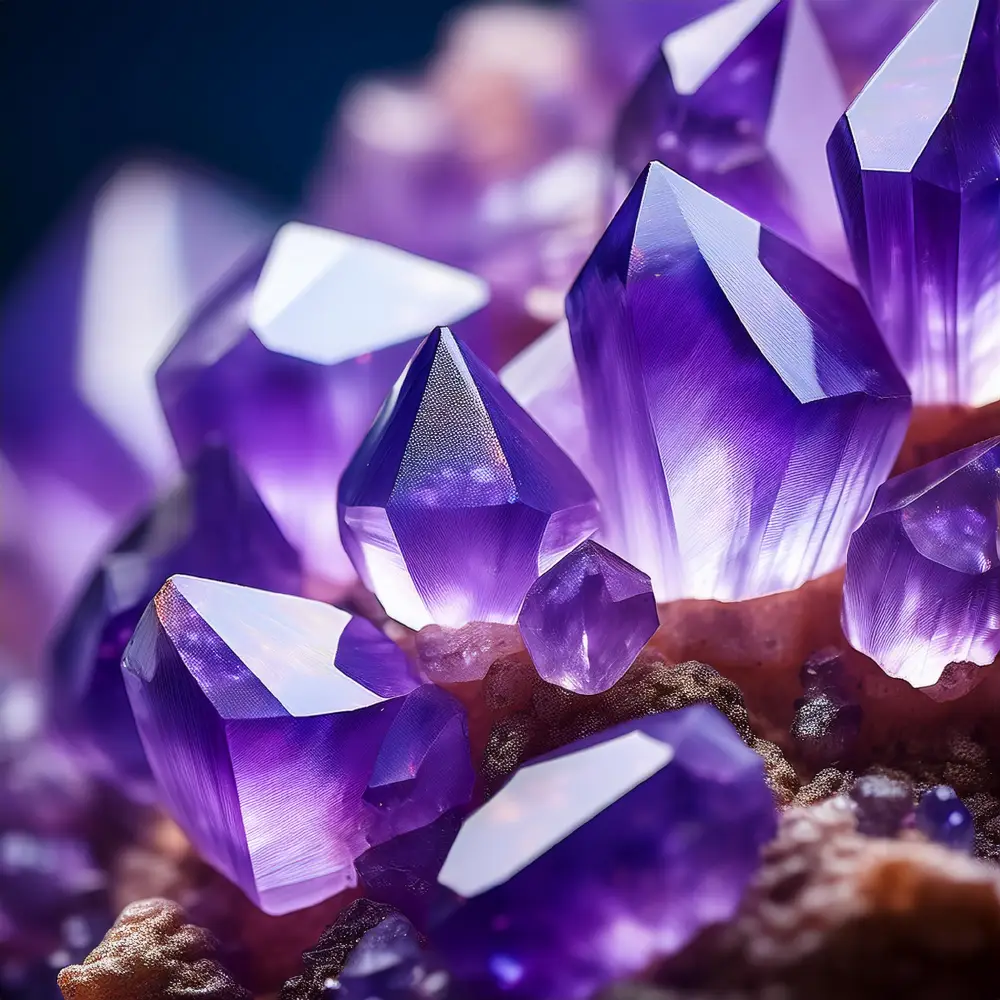
The Richness of Stones and Crystals: Color, Texture, and Light
At the heart of this new artistic venture lies the varied world of crystals, stones, and gems, each with its own distinctive qualities. Raw minerals, with their intricate, unrefined surfaces, provide a world of contrast to the polished elegance of gemstones. The rough edges and crystalline formations tell a story of their geological journey, while the polished surfaces of precious stones embody centuries of human skill and refinement.
Among the gems, turquoise stands out with its striking blue hue, a color that ranges from soft, milky pastels to deep, vibrant teals. The veins running through the stone add a sense of organic movement, making each piece unique. Contrast this with the deep green of malachite, whose swirling patterns echo the natural world, or the fiery red and orange hues of jasper, often seen in art and decoration for its bold presence.
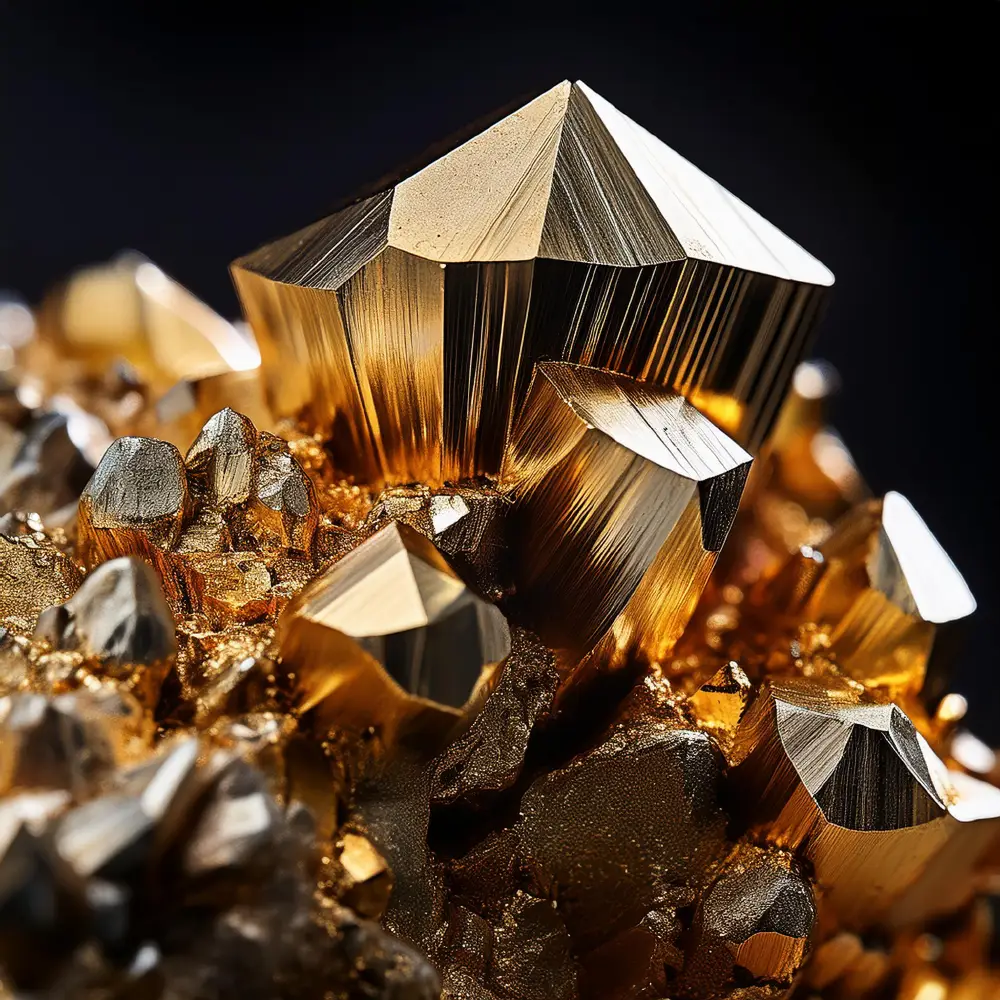
Stones like lapis lazuli, with its rich blue tones speckled with flecks of gold pyrite, provide a dramatic canvas for any artistic creation. Their color contrasts beautifully against the smooth amber or clear quartz stones, which reflect light and add layers of transparency to the composition. The challenge of capturing these materials in all their intricate detail is part of the allure—AI offers artists the tools to experiment with how light interacts with these stones, creating realistic reflections and textures that highlight the stones' inherent beauty.
When turning to polished gemstones, the world of color and texture grows even richer. A ruby's deep red gleams with intensity, its multifaceted surface reflecting light in a way that seems to infuse the stone with life. The brilliant clarity of a diamond, with its sharp facets and transparent brilliance, brings an elegance that demands attention. Such stones are refined into their final forms through meticulous craftsmanship, but AI allows us to explore their essence in a fresh context, offering angles and perspectives that might otherwise remain unseen.
Crafting Images with AI: The Art of the Unseen
The beauty of AI image generation is not just in its ability to reproduce reality, but in its capacity to craft images that go beyond the constraints of physical material. Through AI, we can envision new combinations of raw and polished stones, minerals, and crystals. For example, imagine a polished opal stone, its iridescent surface glowing with the light, placed beside the jagged edges of a rough geode. The digital composition of such a scene allows each piece to stand out, its texture and light interplay coming together in a way that might be impossible to achieve in a traditional photograph.
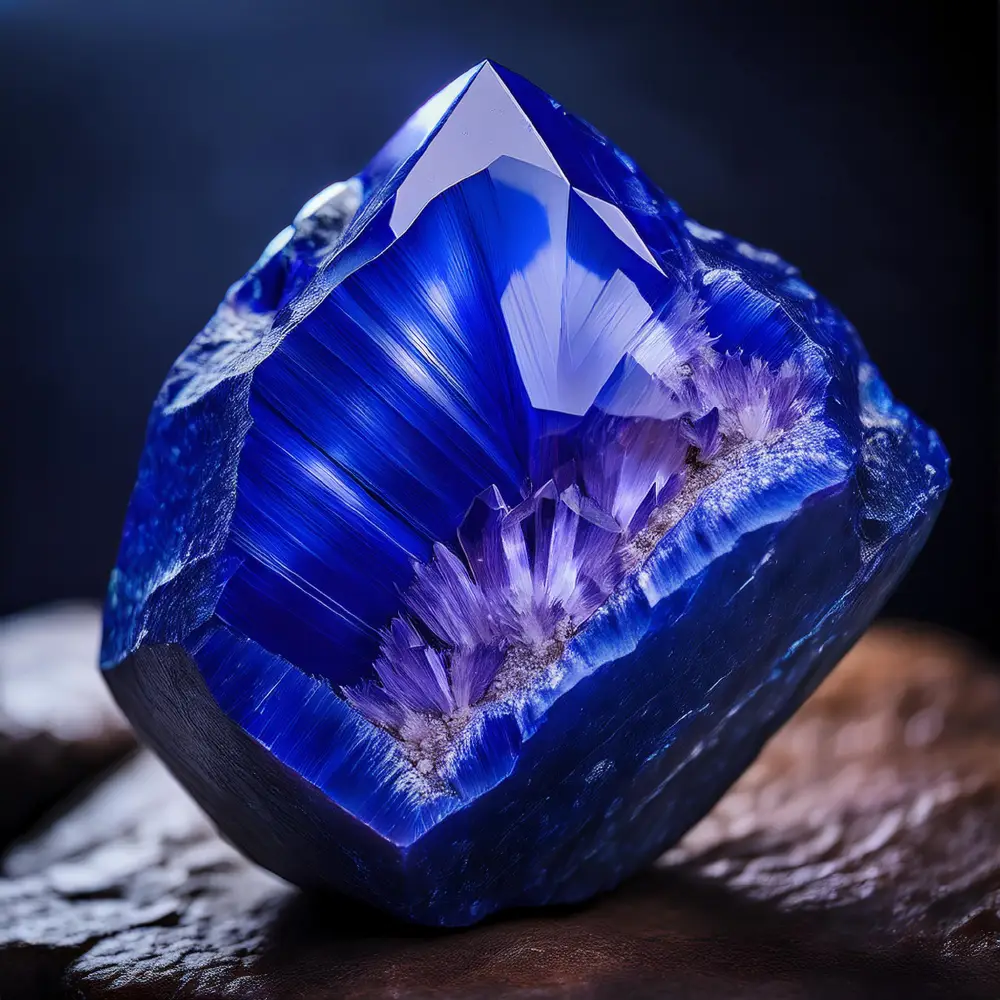
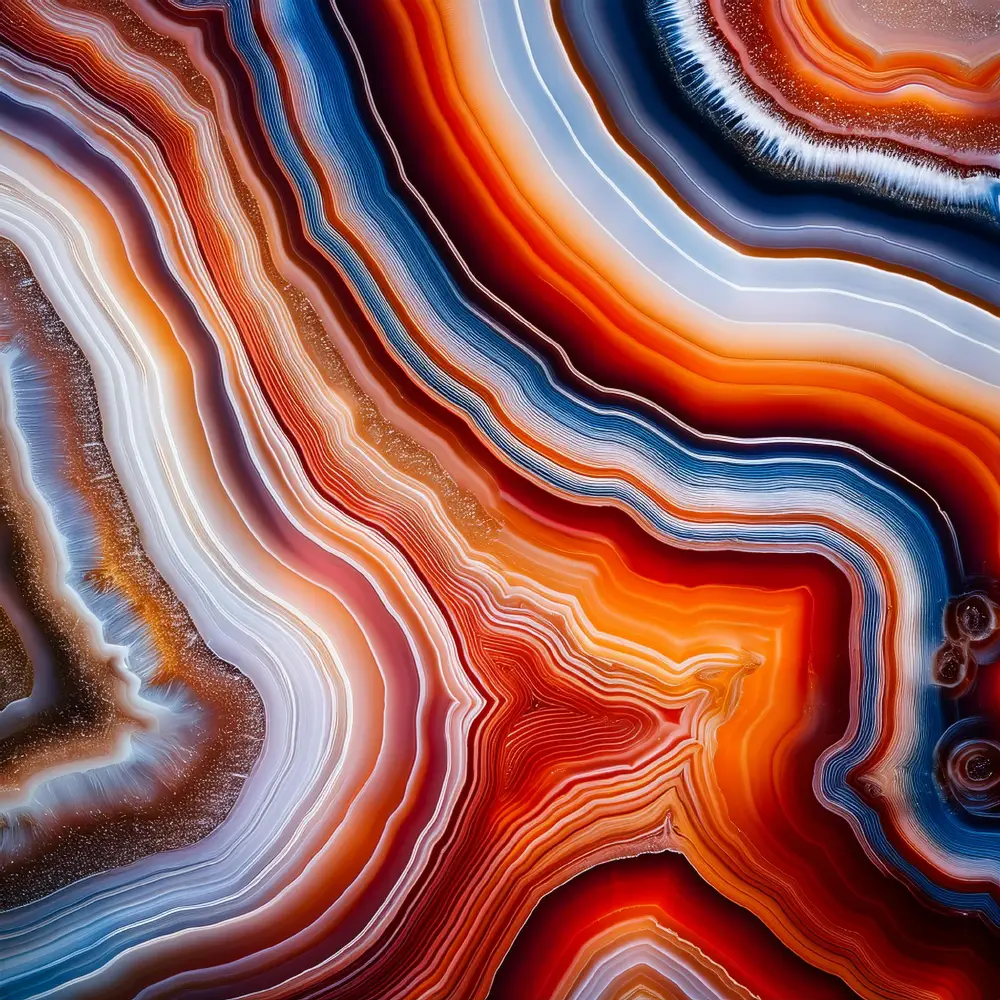
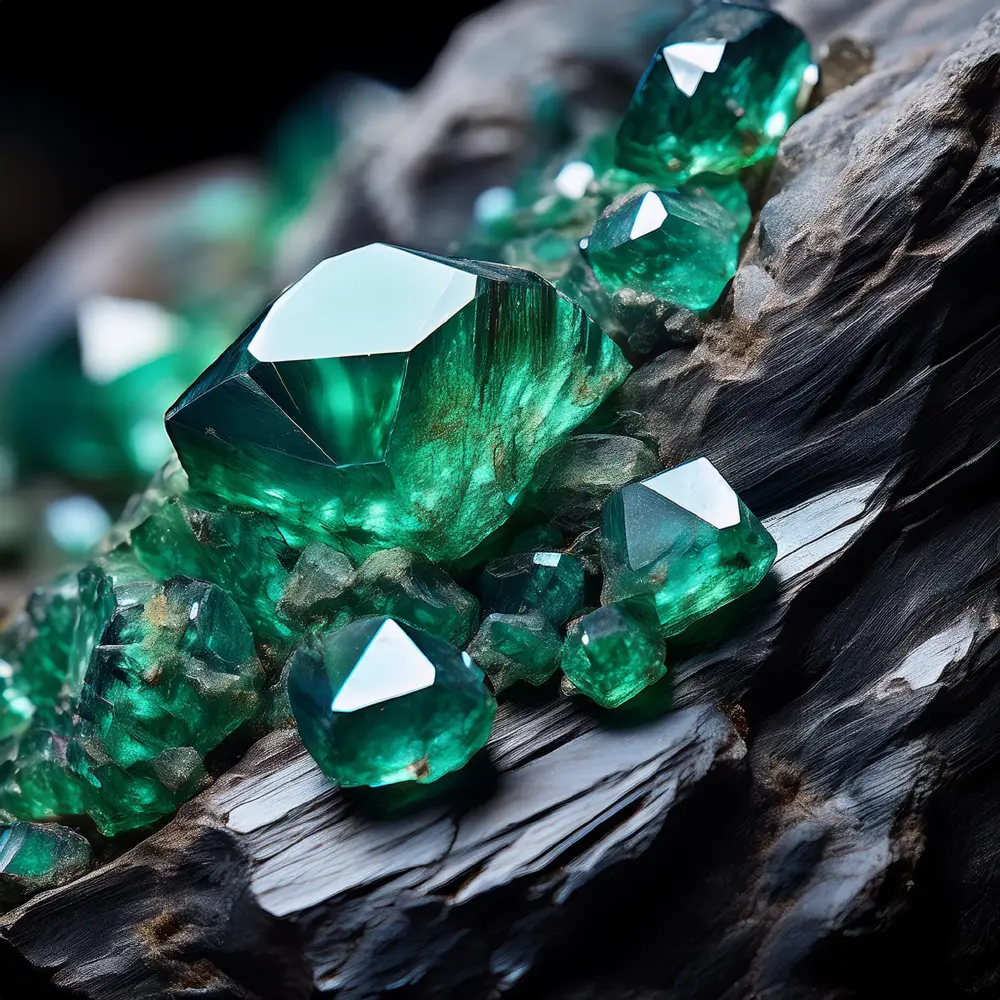
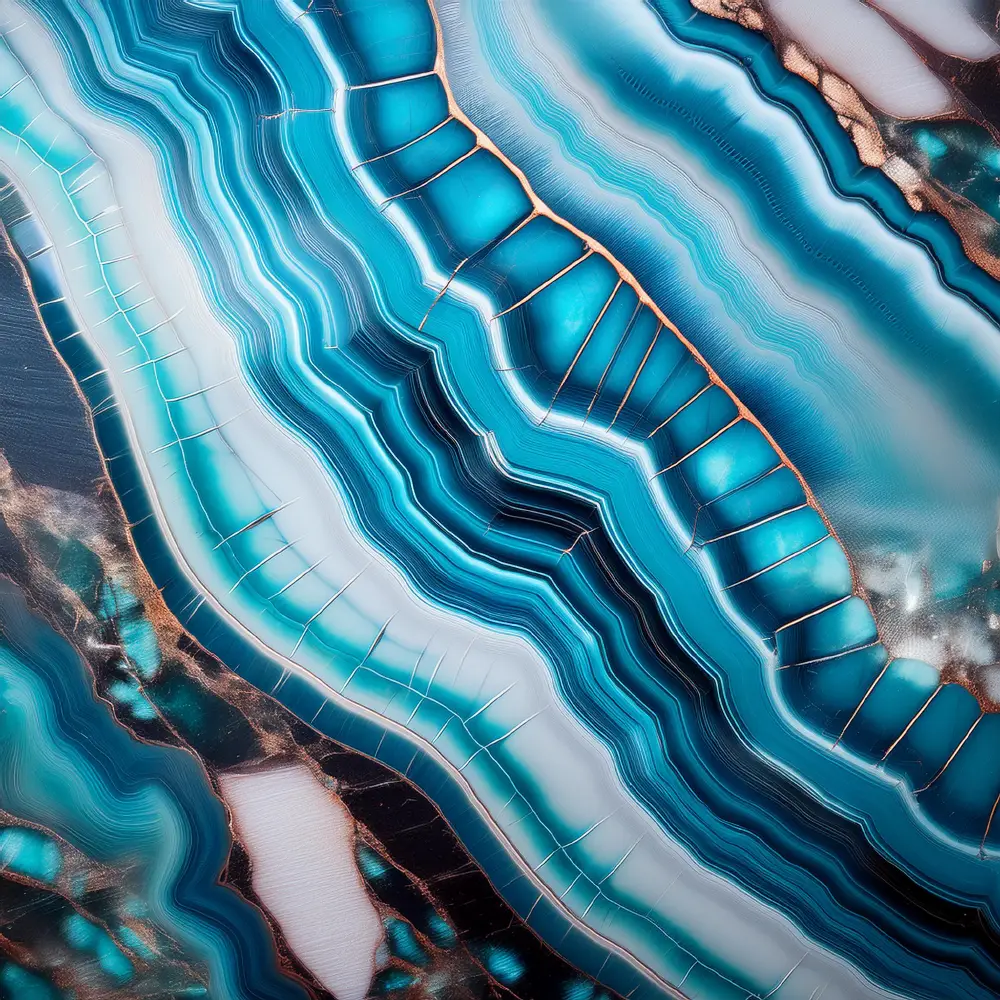
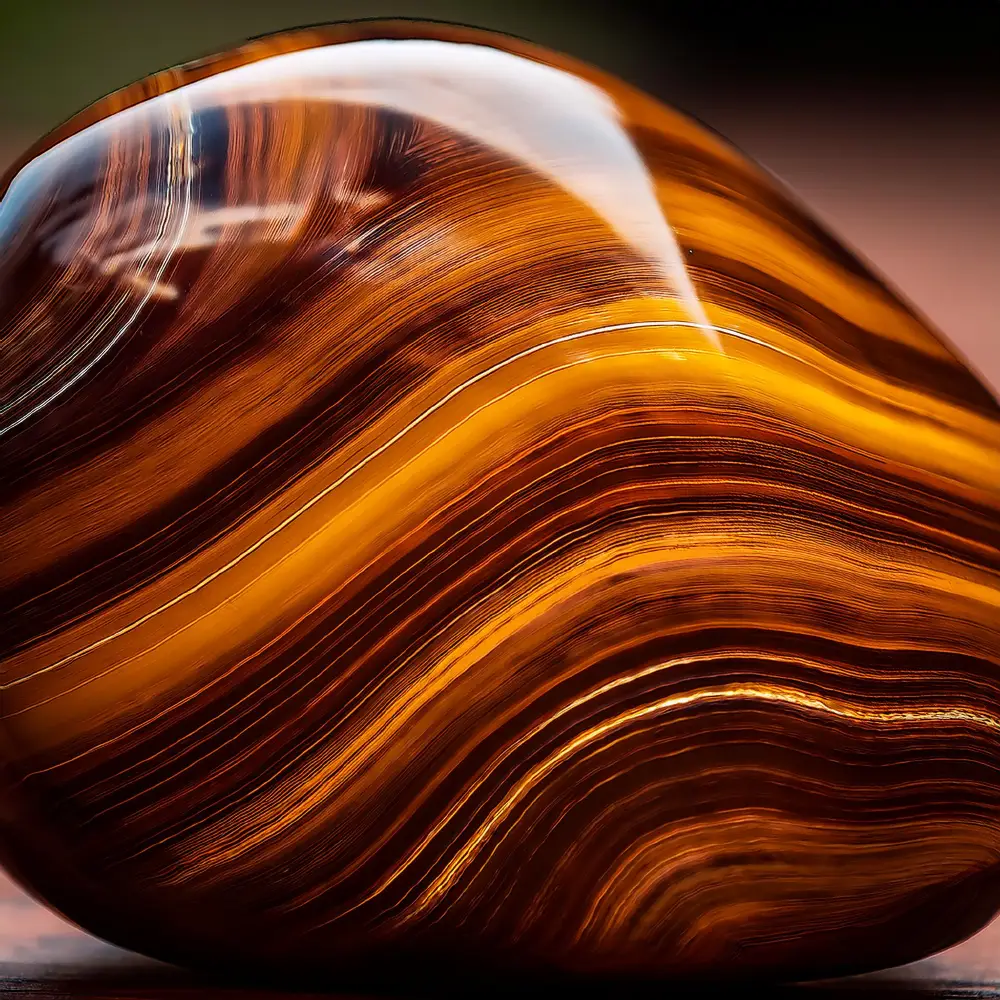
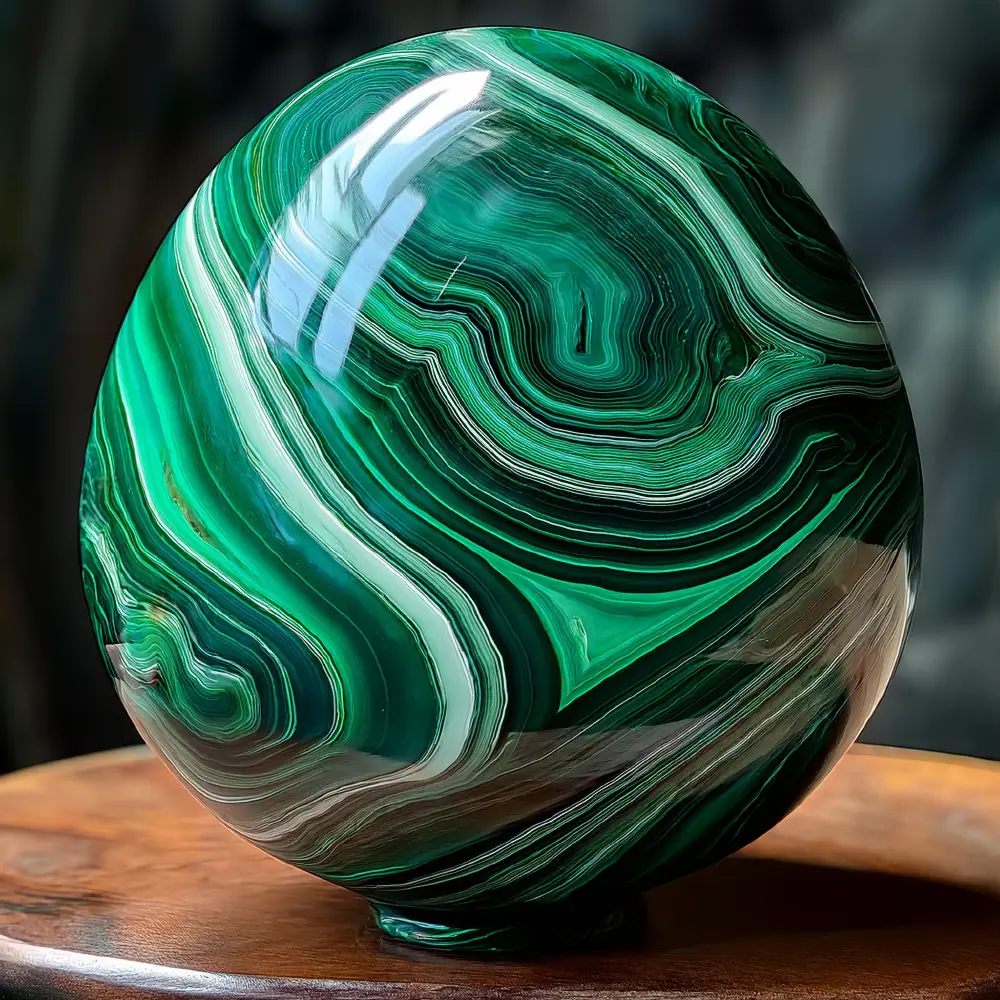
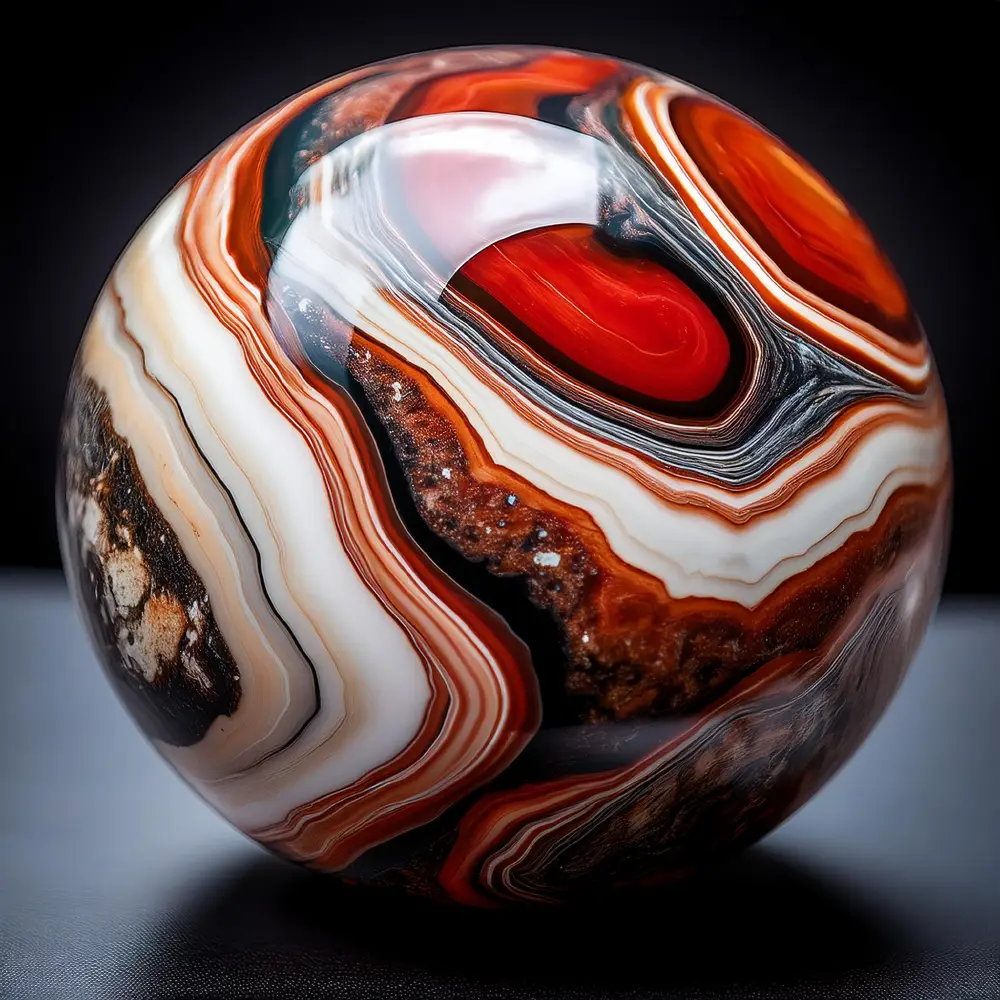
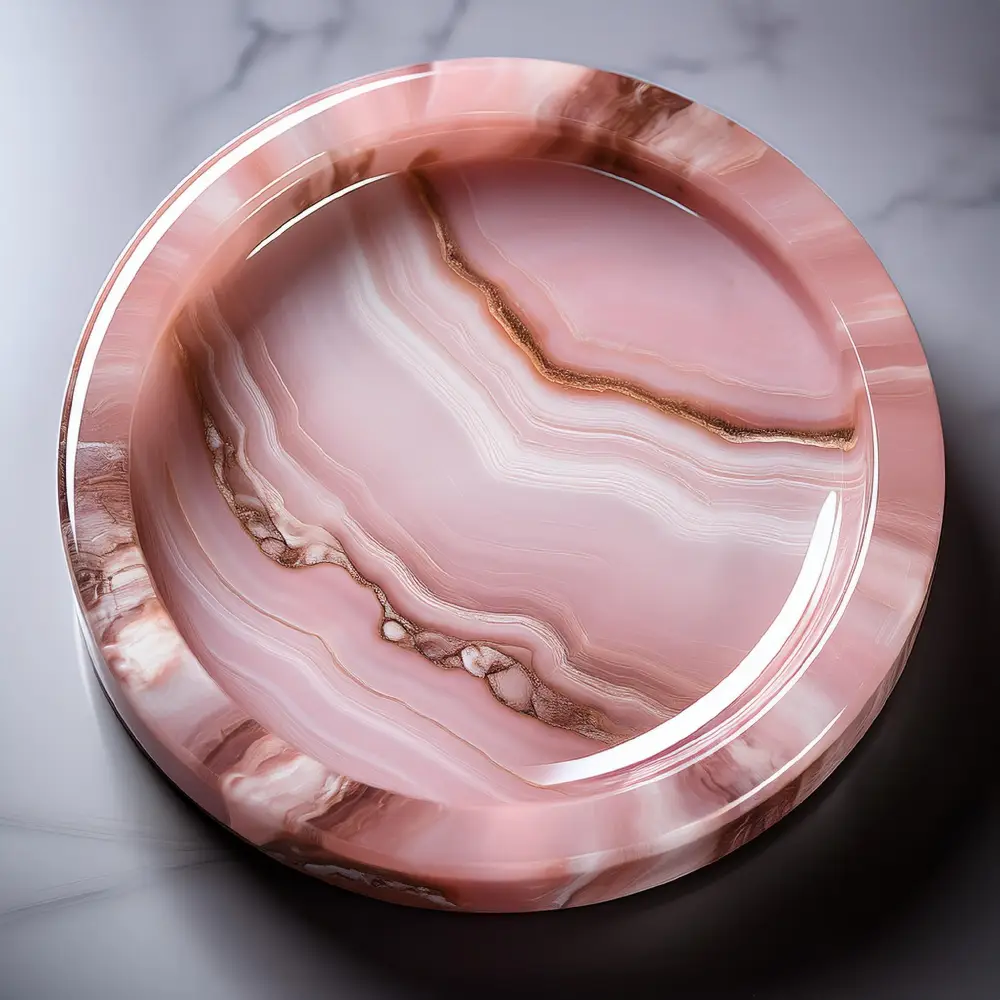
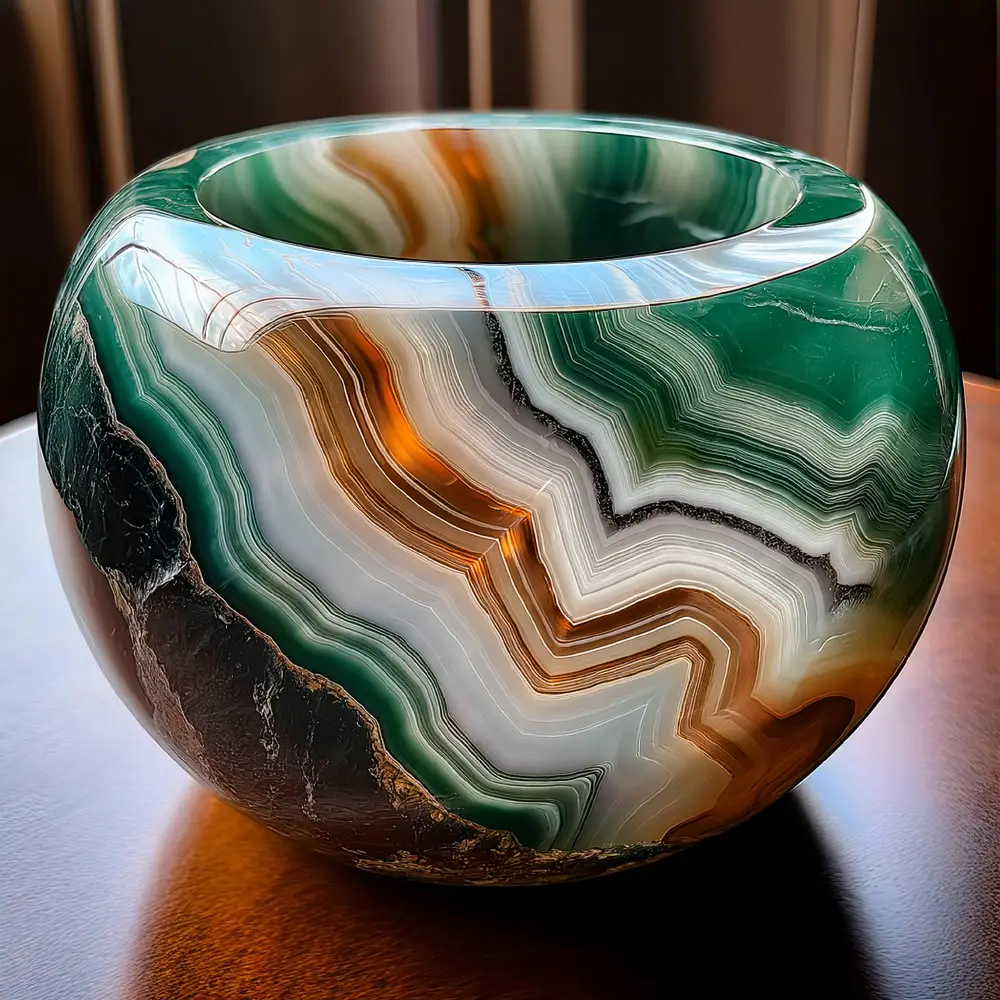
The potential for experimentation is endless. Adobe Firefly, with its ability to merge and manipulate elements, can take something as simple as a rough chunk of quartz and transform it into a polished gemstone, or even blend different stones into a single, imagined creation. The depth of color contrasts, the shine of polished surfaces, and the glow of raw stones can be adjusted to reveal new artistic dimensions—each iteration of the image brings new textures, light, and composition into focus.
By exploring the qualities of these stones and crystals through AI, the artist is invited to challenge traditional notions of what a gemstone or mineral is. The boundary between raw and refined can be blurred, and new, surreal arrangements can be imagined. In this way, the artist is not simply representing what is, but creating what could be—a rich, evolving dialogue between nature, design, and digital craftsmanship.
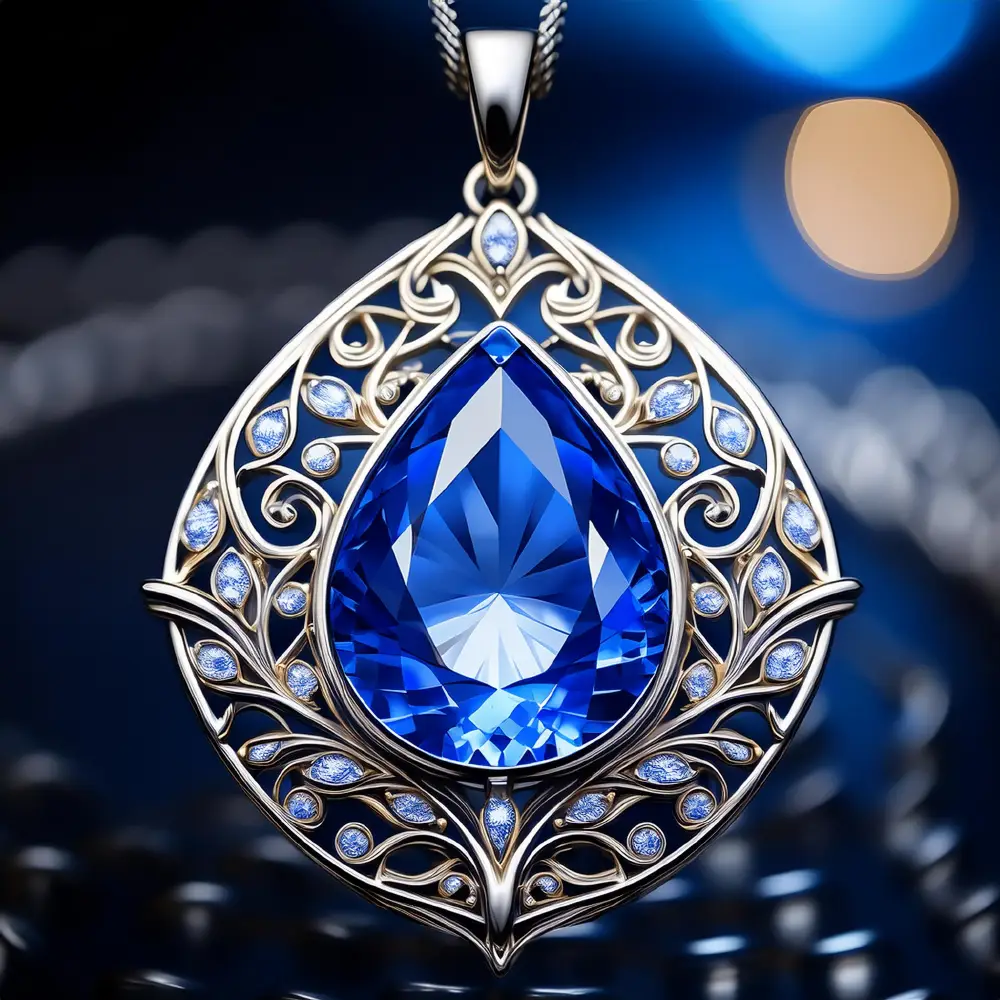
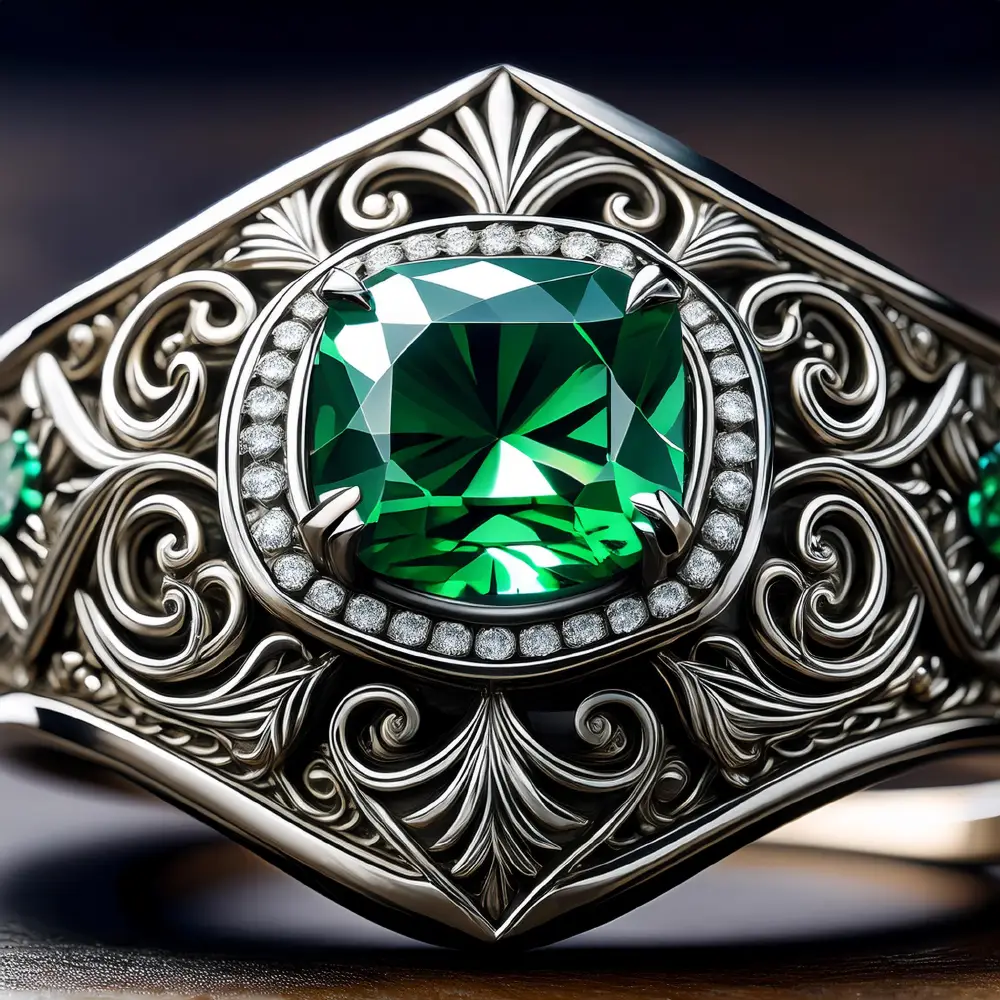
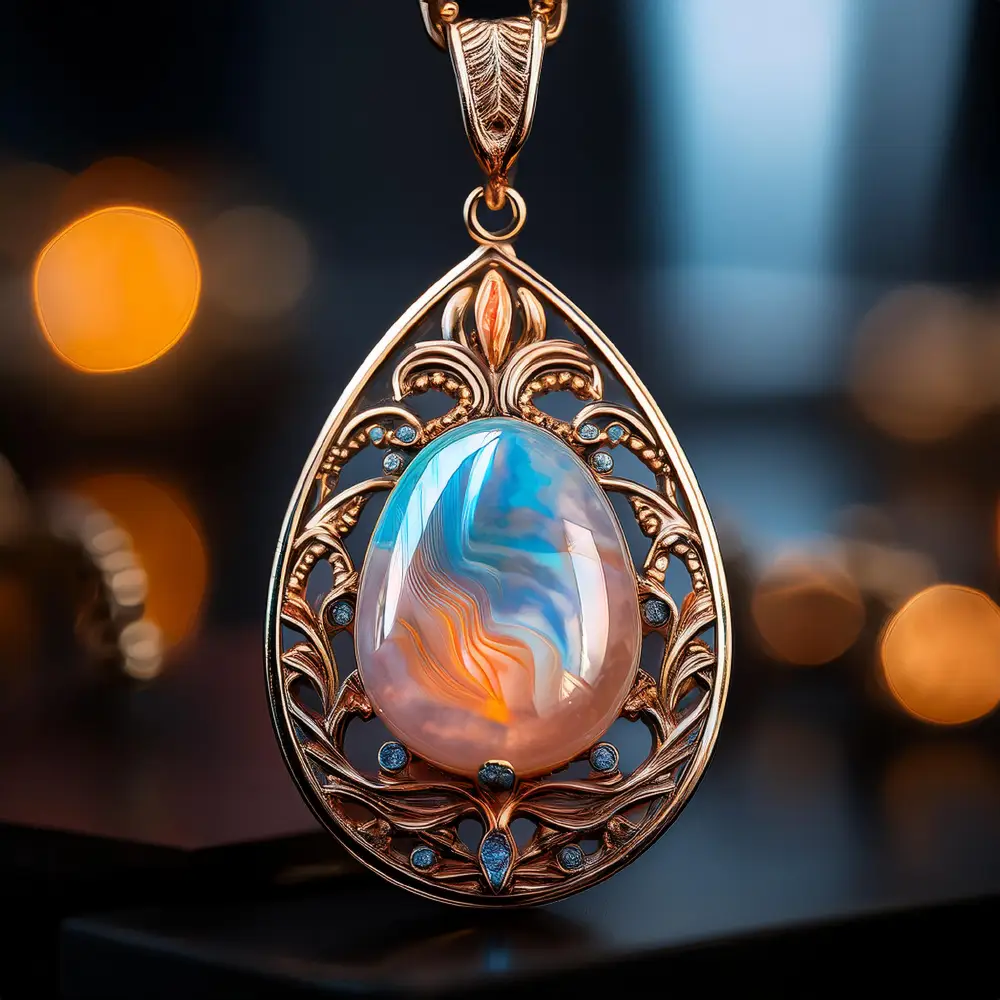
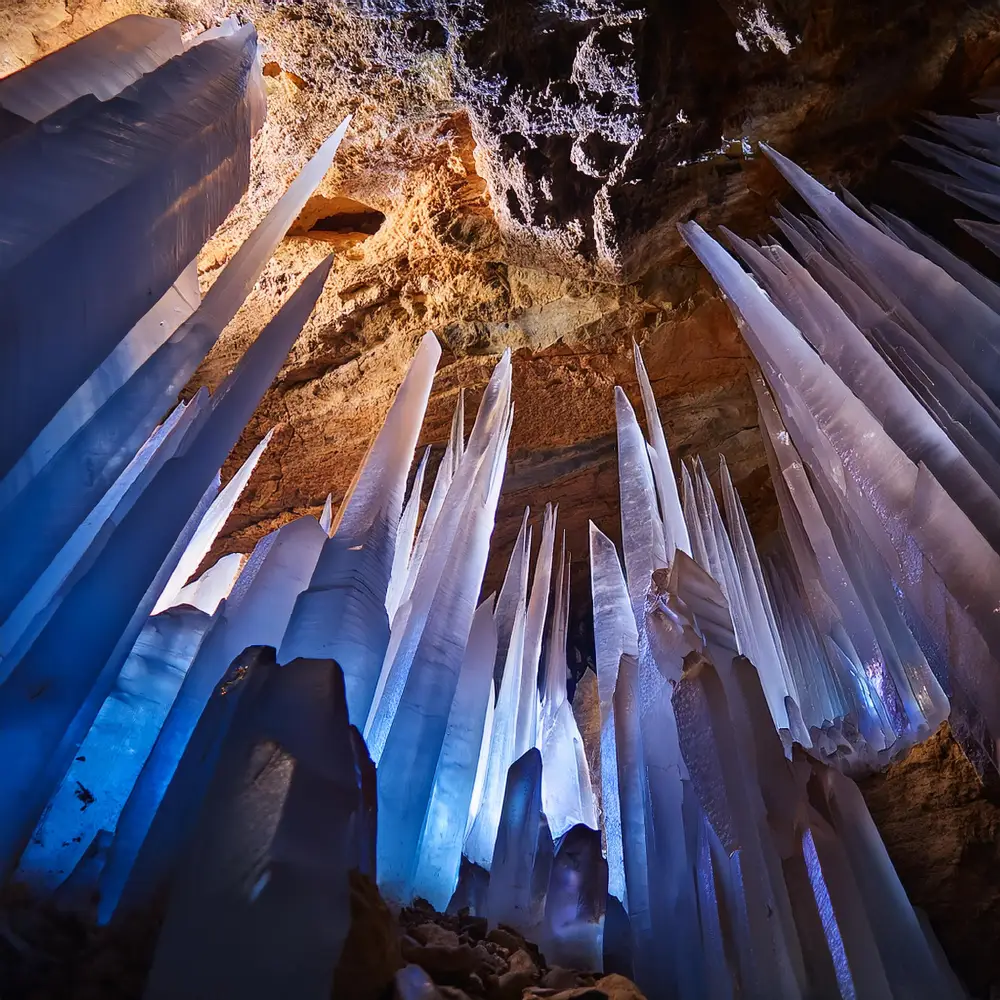
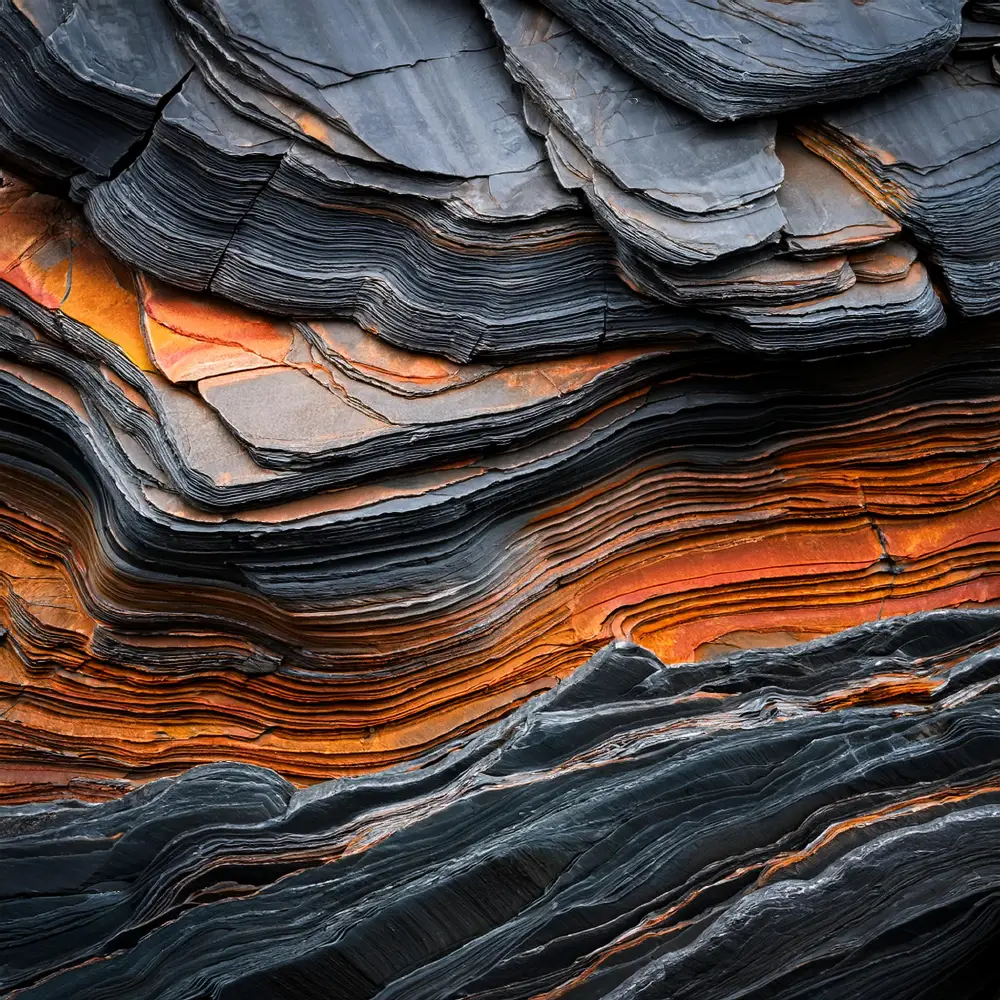
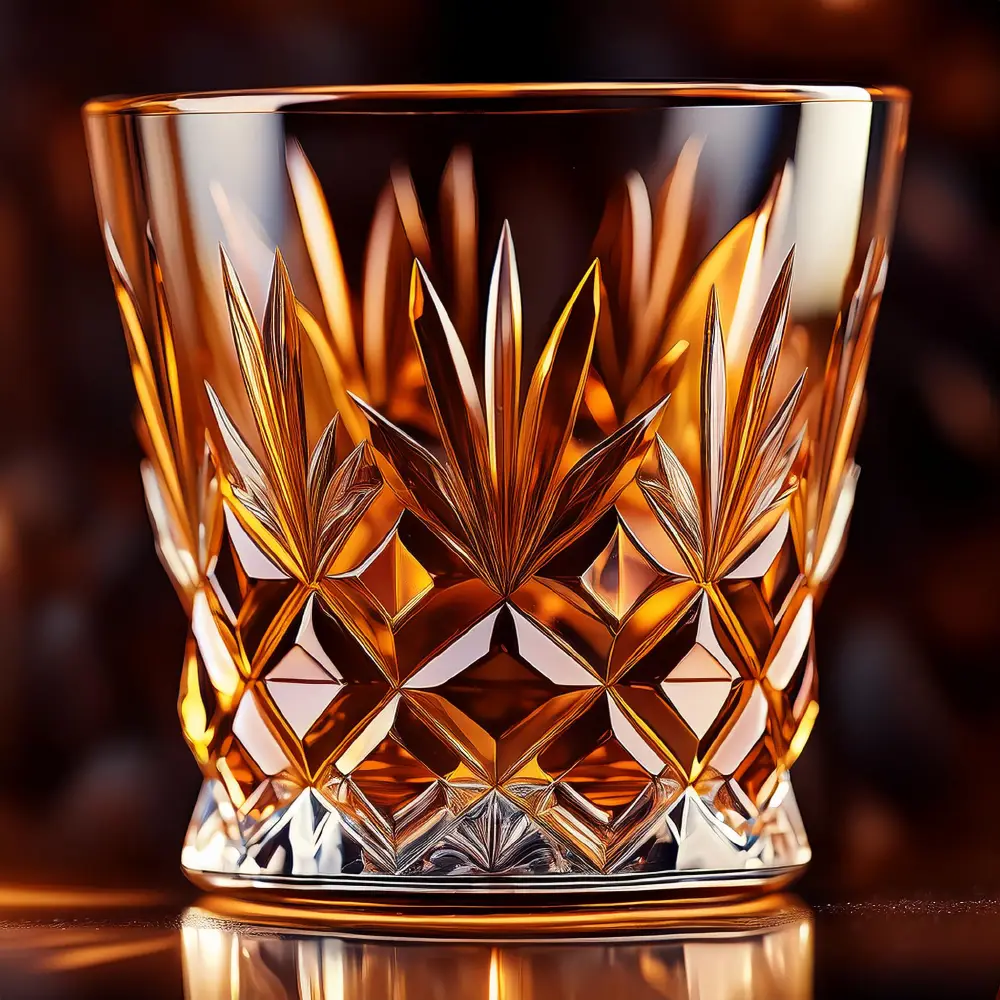
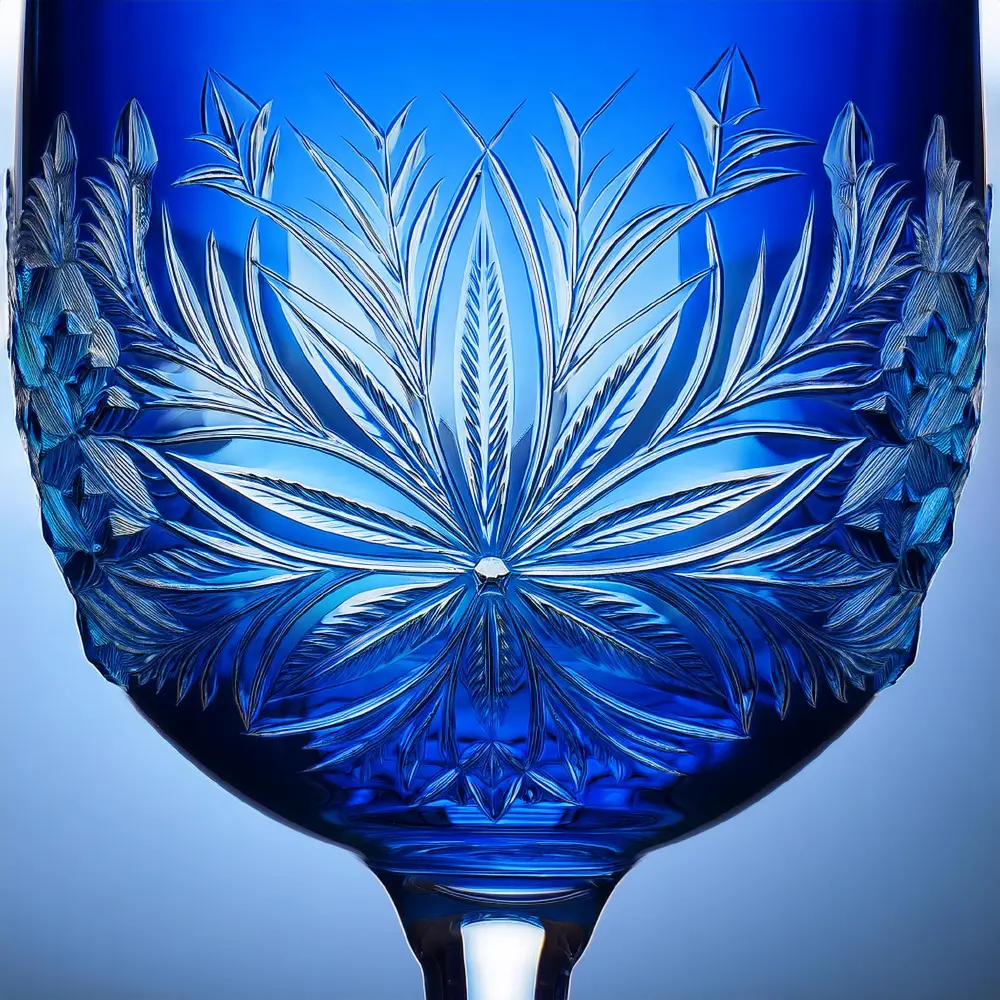
An Invitation to Explore and Experiment
In the pursuit of mineral elegance, AI presents an invitation to artists to explore and experiment with the inherent beauty of stones, crystals, and craftsmanship. Through the combination of different textures, colors, and forms, new landscapes of light and form can emerge, giving rise to visual compositions that are both grounded in reality and free from its limitations.
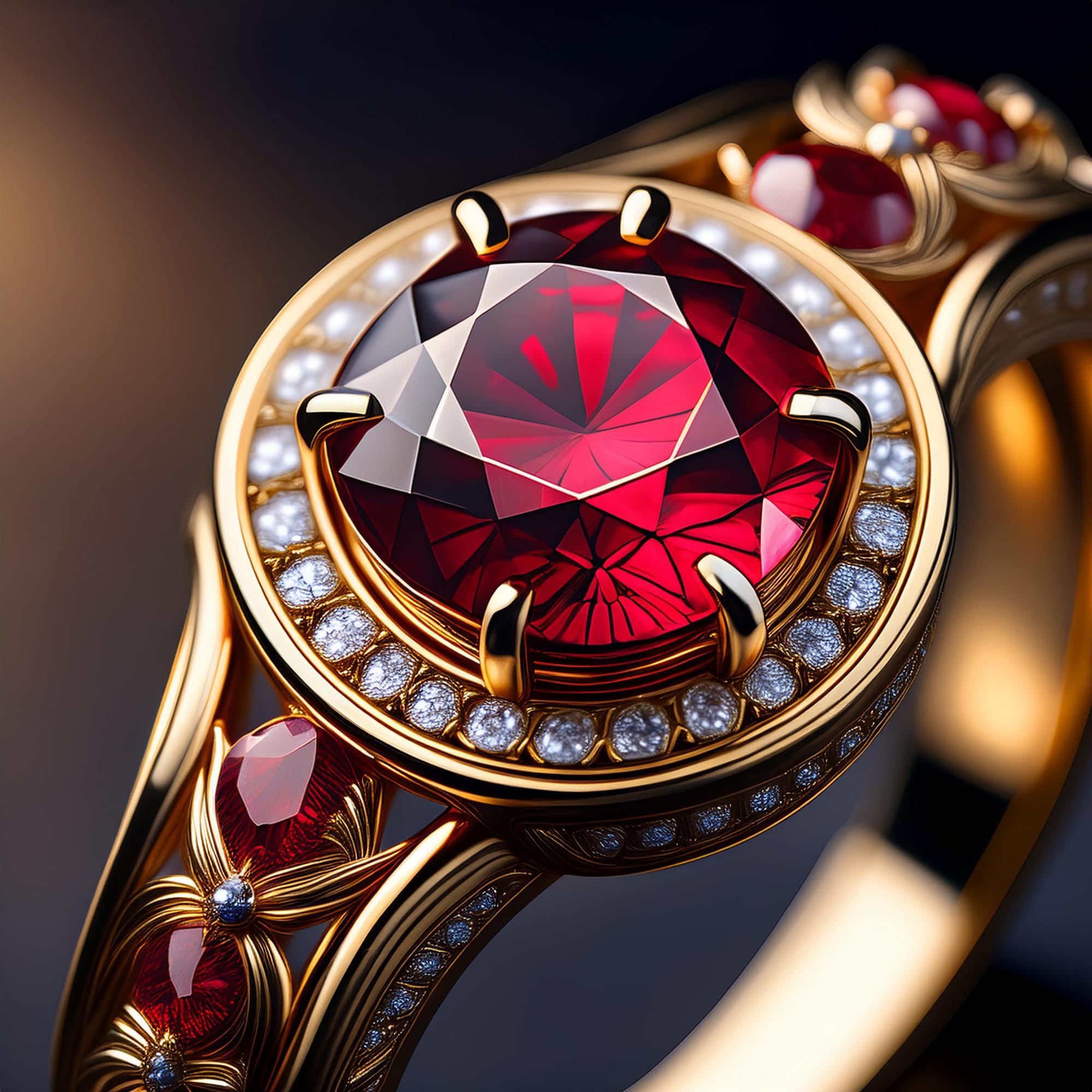
For artists looking to push the boundaries of their work, AI image generation tools offer a new canvas—one that invites not only the faithful reproduction of natural beauty but also the creation of something entirely new. The results are not just images; they are new ways of seeing, understanding, and appreciating the intricate interplay of texture, color, and light that defines the world of minerals and craftsmanship. Through the lens of AI, the elegance of stones and crystals is not just captured—it is reimagined.
Try Photoshop and all Creative Cloud apps free for 7 days.

